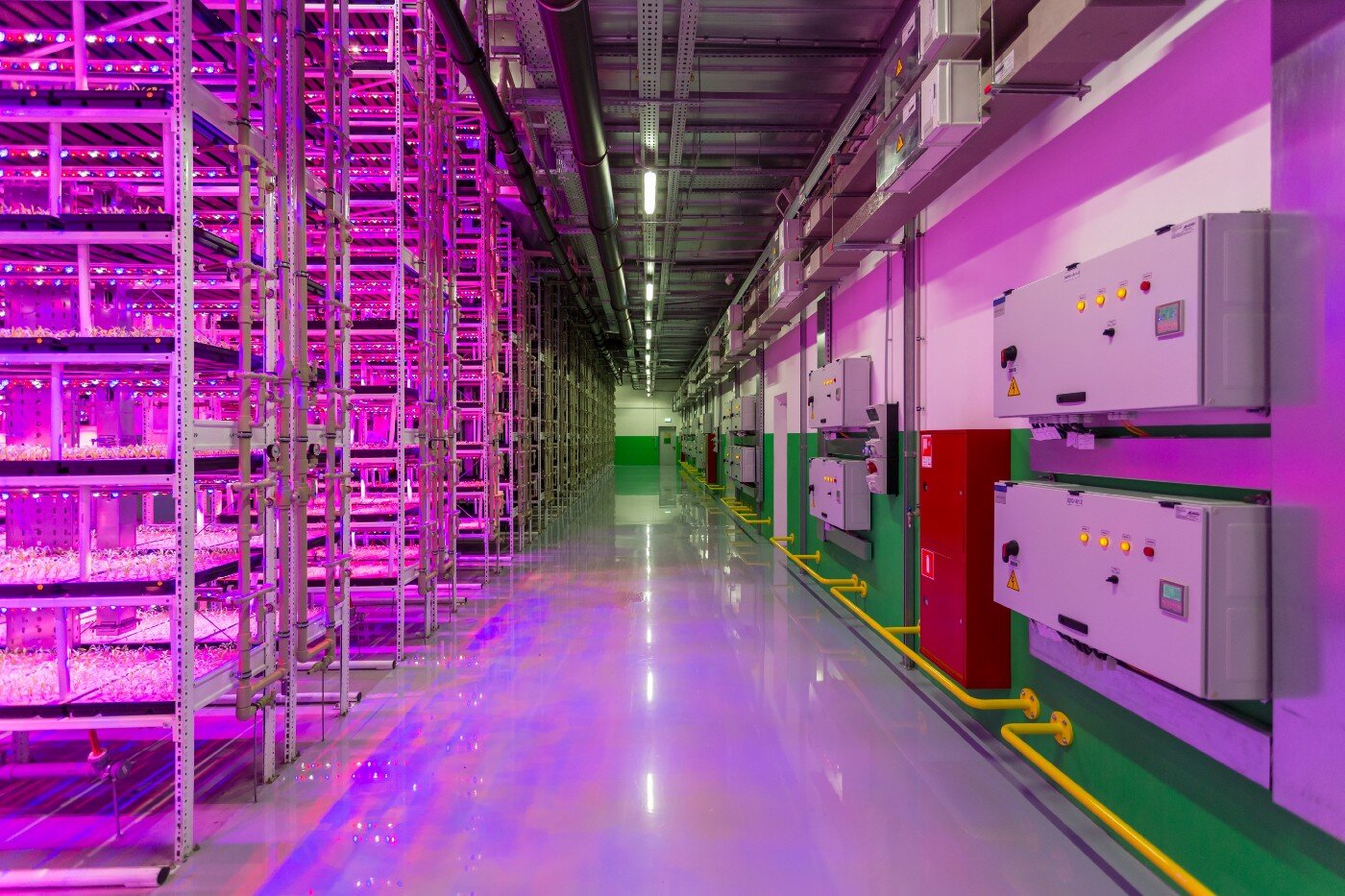Jul 22, 2021
Why New York City Should Transform Empty Commercial Real Estate Into Indoor Farms

Photo by Petr Magera on Unsplash
Editor’s Note: We need more indoor farms! And, lucky for us, cities have lots of abandoned and underutilized spaces that can be better upgraded for precisely these purposes. Alongside repurposing these spaces, urban agriculture is also helping us further address the UN’s Sustainable Development Goals. Find out how! If you’re interested in kickstarting your own urban farm, contact us today.
CONTENT SOURCED FROM CHRISTA AVAMPATO
About a year ago, I resumed my long walks around New York City. It’s only been in the last month that I’ve gone without a mask outdoors — the first time since March 2020. My city looks and feels different. A student of sustainable urban development, I decided to start posting a weekly piece here on Medium to work out my own thoughts on the field and to hopefully spark conversations with others about it.
This week, I’m writing about indoor farms, a solution that would fill vacant real estate, provide fresh, healthy, local, and affordable food to reduce food insecurity and hunger, reduce the health equity gap, provide jobs, and reduce environmental impacts. With a win-win-win-win-win solution like this, why aren’t we opening more indoor farms?
Commercial real estate in New York
Though commercial real estate, especially at the ground level, had its fair share of vacancies before the pandemic, now the vacancy rate in Manhattan sits at 16.3%, the highest it’s been since 1994. Real estate owners are lowering rents and offering free months on leases. They are banking on employers ending work-at-home and demanding that people return to the office.
Is that a false hope on their part? There have been numerous polls that toss out numbers about how many employers are likely to demand in-person models return and whether or not employees will comply. We’re also hearing about the Great Resignation — an unprecedented number of people quitting their jobs, or planning to, in the wake of the pandemic. Will working remotely be the new signing bonus benefit? No one knows for sure. It’s a wait-and-see situation, and even if it appears to go one way in the coming months, it could easily reverse course should outbreaks happen again.
The value of indoor farms isn’t a wait-and-see game. Having more fresh, healthy, affordable food would fill that empty real estate and benefit our city.
Food insecurity and hunger
Some of the most poignant images from the pandemic are from long lines at food pantries and food distribution centers. People who were once donors to and volunteers at food banks became clients after losing their jobs. Before the pandemic, hunger and food insecurity across the country was rampant with an estimated 1:6 people going to bed hungry or not knowing where their next meal would come from.
Hunger and food insecurity is a hot-button issue for me because I grew up poor and benefited from WIC funding and the free school lunch program. Seeing people hungry, especially in a country and a city awash with so much wealth, is a travesty. We have the ingenuity to build a space program; we ought to be able to work out the logistics to get food to people who are hungry.
Indoor farms are a hyper-local solution, growing food within the city’s border for the people who call it home.
Health equity
The pandemic laid bare some of the ugly aspects of our society, and chief among them is just how wide the health equity gap is. Better nutrition is one way to reduce that gap. We will never close that gap without filling the dire need for sources of affordable, healthy, local food that are distributed effectively to where they’re needed. Indoor farming helps us work on this need year-round.
Solving gun violence with jobs

The gun violence in New York has spiked in 2021 to an extent that frightens people who grew up here through the drug wars of the 1970s and 1980s. Gun violence in the city was up 73% in June 2021 compared to a year ago. Policy markers are attempting to put together plans to reverse this trend, and one of the main pillars of their plans involves job creation.
Indoor farms offer the opportunity for skills development, personal empowerment, good paying jobs, and an enhanced respect for the natural world and science. The win-win-win benefits of vertical farms just keep piling up!
Environmental impacts
Transporting food causes a large carbon footprint that’s largely invisible to us. Many times, fresh produce travel over 1,000 miles to their destination where we buy them in grocery stores for a relatively low price when compared to the environmental impact their transport costs. This is especially true in the off-season when local fresh crops aren’t available. Eating food that’s grown locally mitigates its environmental impact.
One of the many advantages of indoor farms is that they can operate year-round, providing a constant source of fresh food. This supply supports plant-based diets, a diet behavior that we know benefits the planet by reducing the consumption of animal products, reducing greenhouse gases, and preserving water and land. Plant-based diets are also associated with lower instances of disease and healthier, longer lives.
So why doesn’t New York have indoor farms?
Actually, it does! We just need more of them. Farm.One is an indoor farm that’s flourishing in New York City. It proves the point that the idea of small urban indoor farms works. With more support and space from the city, indoor farming could be the way to New York’s sustainable future for all its residents. Do we have the will to make it a reality?

